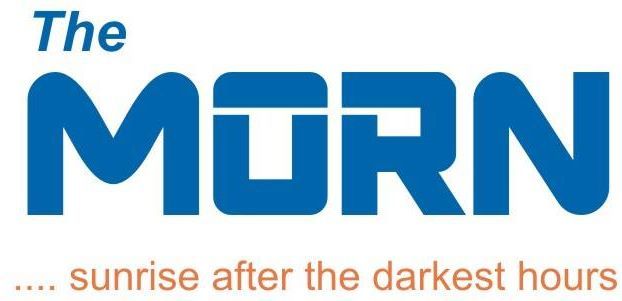The people of Jammu and Kashmir now enjoy justice, democracy, and economic growth as a result of the repeal of Article 370. (J&K). The Union Territory’s economy is being revived by the Central Government through constant monetary infusions and the adoption of new policy measures (UT). In the Budget for FY 2022—23, it allotted Rs 35,581.44 crores to J&K as part of the Central Government’s assistance, grants, and loans. In J&K, progress has been made on building new highways, tunnels, and other essential infrastructure. Since the abrogation of Article 370 three years ago, the Union Territory has also experienced overall development, including quick highway construction, enhanced healthcare and educational facilities, and increased local youth involvement in sports. In Jammu & Kashmir, 53 projects are being carried out in a variety of fields, including roads, power, health, education, tourism, agriculture, and skill development.
The Health & Medical Education Department strives to offer state-of-the-art, reasonably priced healthcare to the people of J&K. With the help of the Ministry of Health and Family Welfare, Government of India, major funding has been provided in order to close infrastructure and human resource shortages and improve the quality of healthcare delivery in the UT of J&K, which has led to a significant improvement in J&K. The quality of medical education has also increased, and the sector’s infrastructure has been updated and extended. The quantity and quality of human resources will increase as more students enrol in nursing and medical institutions. A noticeable improvement in the health indicators is evidence of the administration’s attempts to improve the standard of healthcare in J&K and make it more readily available and cheap for local residents. In order to lessen the number of referral cases that must be handled by tertiary care hospitals, emphasis has been placed on strengthening the primary health care level, which includes the district hospital and converting it into a super specialty unit. “Health for All” is the overarching goal. In addition to Ayushman Bharat PMJAY, the Indian government has implemented the Universal Health Care Scheme, a fufry funded health insurance programme for all J&K residents. This programme aims to lower out-of-pocket expenses for the general public; with a focus on the Poor and Economically Weaker Section of the population.
In 2019, the Union Cabinet, which the Prime Minister chairs, gave its blessing to a plan to build three new AIIMS at Vijaynagar, Samba, and Jammu for a total of Rs 1661 Crore. Rajkot, Gujarat at a cost of Rs- 1195 Crore, and Awantipura, Pulwama, Kashmir, at a cost of Rs- 1B23 Crore. The establishment of new AIIMS would not only revolutionize health education and training but also alleviate the region’s shortage of healthcare personnel. The opening of a new AIMS will serve the dual purposes of bringing super specialty healthcare closer to the population’s homes and contributing to the creation of
a sizable pool of physicians and other healthcare professionals in this area who will be able to work in the primary and secondary level institutions and facilities being built under the National Health Mission (NHM) .The Central government entirely funds the creation of the new AIIMS. Due to amenities and services like a retail centre, canteens, etc. being built close to the new AIMS, indirect employment generation will occur. It is anticipated that creating the physical infrastructure for the different new AIIMS will provide a sizable amount of jobs during the development phase. The new AllMS will contain 15-20 Super Specialty Departments in addition to the 100 UG (MBBS) seats and 60 B.Sc. (Nursing) seats that will be added. “Each new AIMS will add around 750 hospital beds, and 57 buildings, including a football field, tennis court, gardens with medicinal plants, etc., will be built as part of the project. According to information from the operational AIMS, it is anticipated that each new AIMS would serve approximately 1500 OPD patients daily and approximately.The government’s action, in the perspective of the locals, is advantageous for both South Kashmir and all of Kashmir. For quality care in the past, people had to travel beyond the state to places like Delhi, PGI, and Max. Now they can receive top-notch care at home and provide a way for the locals to find work.
In conclusion, the AIMS project in the Kashmir Valley is a significant step towards improving healthcare infrastructure, medical education, and research capabilities in the region. It holds the promise of better health outcomes, economic growth, and enhanced wellbeing for the people of Kashmir. As the project progresses, its impact on the healthcare landscape of the valley will undoubtedly be closely monitored and celebrated as a milestone in the nation’s commitment to accessible and advanced healthcare.
Ideas, Opinions and Views expressed in articles are Writer’s own and may not be in accord with those of The Morn

 Subscribe THE MORN
Subscribe THE MORN